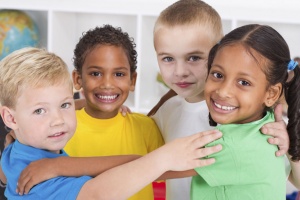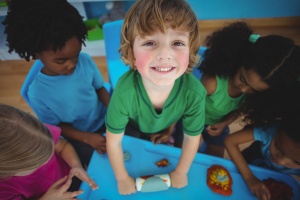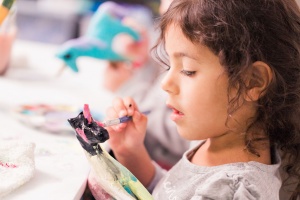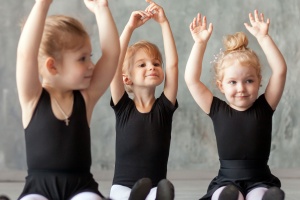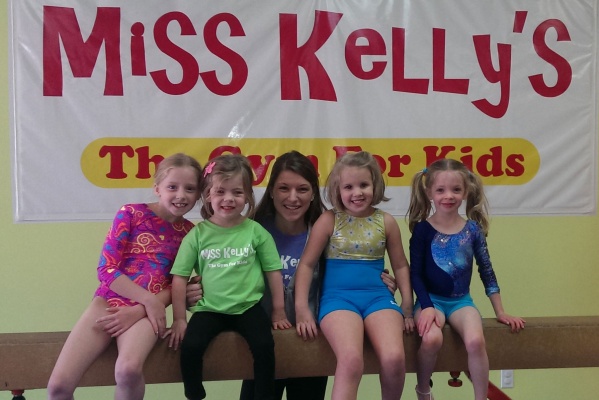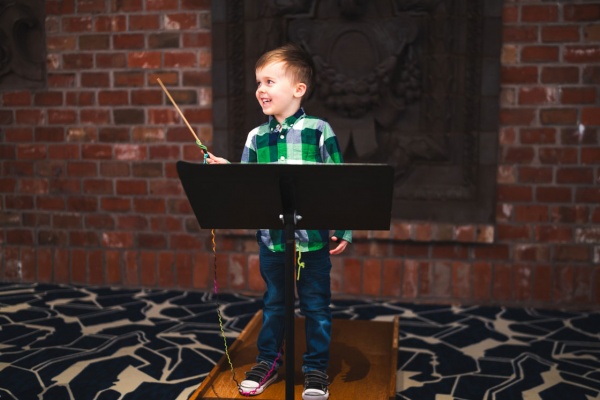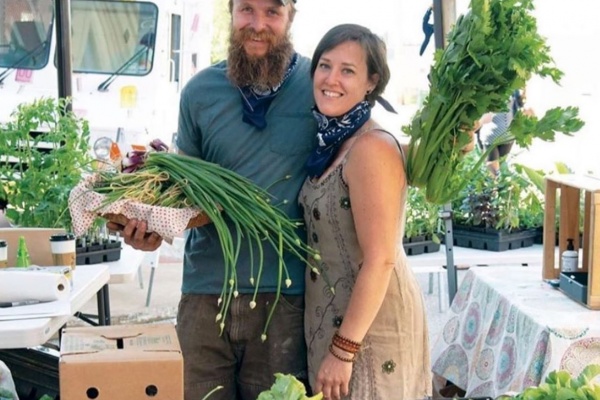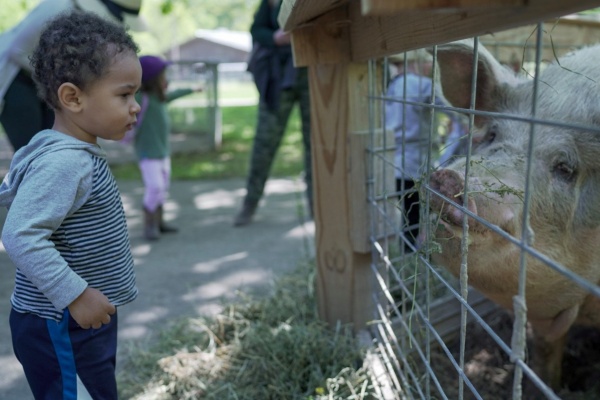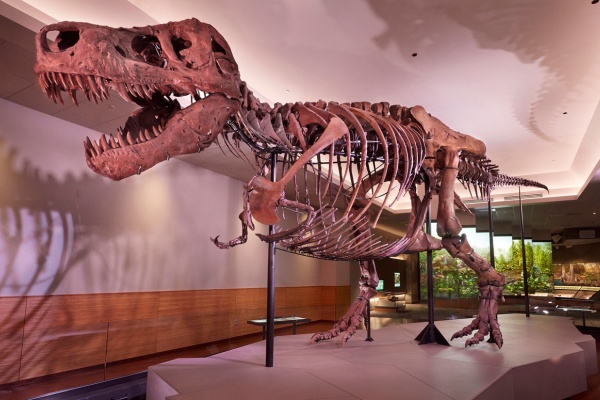
The Princess Problem
The Disney princesses may be beloved by little girls around the world, but for parents who aspire to more for their daughters than looking pretty and being rescued by a prince, these lovely ladies pose a bit of a problem.
Sure, their stories seem harmless enough and we can hope it’s a phase our girls will soon outgrow, but for a lot of us, there’s also this nagging suspicion that the image being marketed to our daughters simply isn’t okay. And sometimes, as Disney recently found out, we’re not going to shut up about it.
On May 11th, Merida, the headstrong daughter of Scottish royalty and heroine of last year’s summer blockbuster Brave, became the 11th official Disney princess. In and of itself that’s not big news; Disney has been crowning new princesses for years. But when parents and activists caught sight of changes that the company had made to the supposedly vivacious and tomboyish redhead, they were, well, let’s just say they were more than a little displeased. (And didn’t I just write about the public backlash that erupted when another feisty redhead was given a “sexier” look? You would think a company as large as Disney might have taken note, but clearly they weren’t paying attention. In retrospect, I wonder if they wish they had.)
Disney’s “new and improved” Merida – now looking demure and disturbingly seductive – quickly went viral. A “Say No to the Merida Makeover” petition immediately appeared, and signatures streamed in.
“By making her skinnier, sexier and more mature in appearance,” the petition read, “you are sending a message to girls that the original, realistic, teenage-appearing version of Merida is inferior; that for girls and women to have value – to be recognized as true princesses – they must conform to a narrow definition of beauty.”
Brenda Chapman, the character’s original creator, also spoke out. “I think it’s atrocious what they have done to Merida,” she told the Marin Independent Journal. “Merida was created to break that mold, to give young girls a better stronger role model, a more attainable role model, something of substance, not just a pretty face that waits around for romance.” To their credit, Disney eventually restored Merida’s image on the Disney Princess website to that of the rebellious pre-teen with the unruly red tresses that audiences first fell in love with last summer.
Unfortunately, a Merida doll that is a far cry from the original character has now shown up on the shelves at Target, and parents and activists have realized that this fight is far from finished.
As a mom, I’m conflicted over this whole princess problem. I like Disney movies, and trust me, my daughter has had her fair share of princess paraphernalia over the years. But mostly I’m grateful that, now 9, she’s moved past the princess phase and appears to have emerged relatively unscathed. When I bought her a pair of dress shoes with a small heel this past Christmas, she twirled around the family room proclaiming “I feel just like a businesswoman.”
Notice she DIDN'T say princess, which is what most of us – myself included – would tend to expect from a girl her age. As parents, I'm convinced that we have the power (and the responsibility) to counterbalance the messages our children receive from the media they consume.
Yes, female characters need to be represented on screen in greater numbers, and in a less stereotypical manner. Yes, the princesses place far too much emphasis on physical beauty. Yes, Disney’s marketing techniques are atrocious, and yes, the messages in many of their films leave much to be desired. (Think about it. The Little Mermaid literally gives up her voice in order to be with a man, and Snow White gains love and acceptance by cooking and cleaning for not one but seven of them. Are these the women we want our daughters to emulate? Probably not.)
But we also have to remember that there’s a lot more to life than the Disney princesses. And whether we choose to embrace them or ignore them, we still need to introduce our daughters to more realistic female role models. We still need to teach them to see the differences between fantasy and reality, and how to think for themselves and accurately interpret the media messages they see and hear on a daily basis. We still need them to know that even Merida, whether the strong and rebellious version or the glamorous princess version, is a fictitious character – one being marketed to them by a multi-billion dollar company that only truly cares about boosting its bottom line.
We can worry about Disney and its questionable role models and narrow definitions of beauty, and to some extent, I agree that we probably should. I'm grateful to the writers and bloggers who are speaking out and taking Disney to task over this latest controversy. But I also keep circling back to the fact that, even after watching dozens of princess movies and sleeping in a Cinderella toddler bed and dressing up as Belle one year for Halloween, my 9-year old daughter still equates wearing heels with being a businesswoman – even though she has never once seen me dress up and head into an office.
Thirty or even twenty years ago, I doubt this would have been the case. And personally, I see this as proof that somehow – even in the midst of all this princess culture – we’re doing something right. How do you feel about the Disney princesses? Do you see them as positive role models? Or do you think they're dangerous for our daughters?
Image Credit: change.org
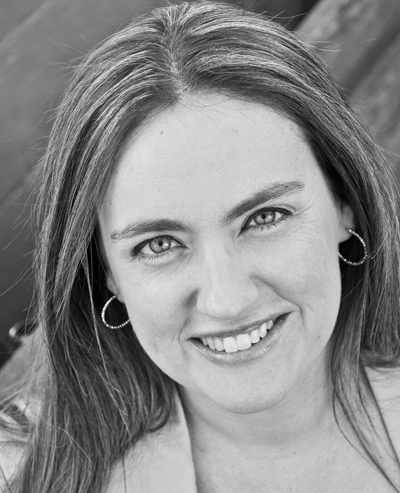
Alyssa Chirco is a freelance writer, mother and margarita lover, not necessarily in that order. In addition to writing for STL Parent, she is Contributing Editor at Parenting Squad, and covers parenting, health and lifestyle topics for publications across the country. She recently moved from the suburbs of St. Louis to a small town in rural Jefferson County, where she is learning to survive with no Target or Starbucks in sight. Follow her on Twitter @AlyssaChirco

